Join the Spirit Science Community
Spirit Mysteries is an online modern Mystery School with a vibrant and elevated community, and containing hundreds of hours of courses.
Minute Faith ~ Falun Gong

Falun Gong, also known as Falun Dafa, translates to Dharma Wheel Practice. It is based on the teachings of Li Hongzhi, a former musician who is regarded by followers as a master of qigong.
Qigong is a form of Chinese meditation and exercise used for healing and for increasing human potential, centered around Truthfulness, Tolerance, and Compassion.
In this faith, it is believed that certain exercises will transform the body and reveal a person’s place in the universe, and is a fundamental tool for liberation and awakening. Li draws on popular Buddhism and Taoism, and he relates health to karma, in which actions in one’s past lives affect one’s current life.
In Falun Gong, karma is seen as a black substance inside the body, which, through suffering or practice alongside the moral living, can be made white. Followers are encouraged to read Li’s writings, get rid of their personal attachments, and follow the exercises that he prescribes. Practitioners then may...
Minute Faith ~ Gnosticism
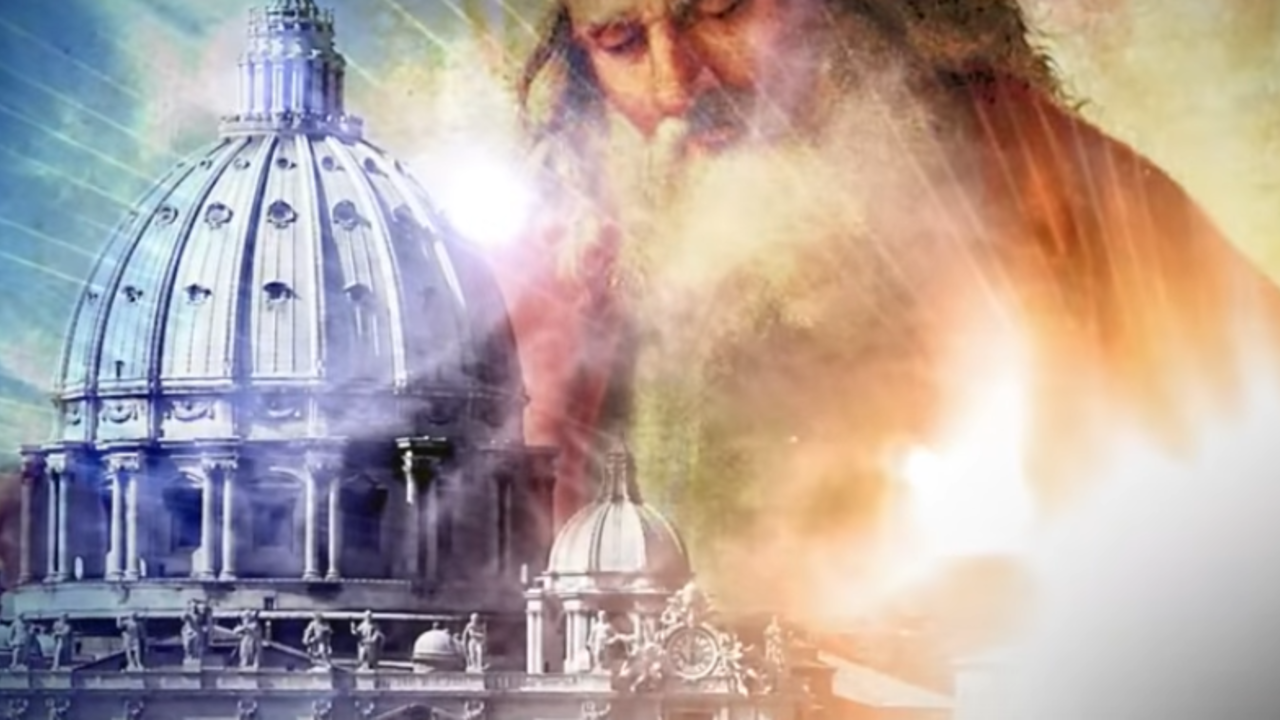
Gnosticism encompasses a wide variety of different religious beliefs and systems. Before Catholicism was decreed the state religion of Rome by Constantine in the 4th century AD, the empire was very diverse in its spirituality. They worshiped many gods, including Greek and Roman deities.
Many of which were based upon philosophical concepts like love, virtue, justice, wisdom, and time, and celestial bodies such as the planets, constellations, and even the spirit of planet earth herself. During this time, early forms of Christianity were developing, and between the beginning of the AD calendar cycle and for about 300 years, there were 2 predominant Christianities that were known. One was a sort of Literalist Christianity, rigidly authoritarian, which would eventually become the basis for the Roman Catholic Church… The other was known as Gnostic.
Between 312 AD and 325 AD, the Roman Emperor Constantine the 1st converted to Catholic Christianity. This began the process of rigidly...
Minute Faith ~ The Hare Krishna Movement
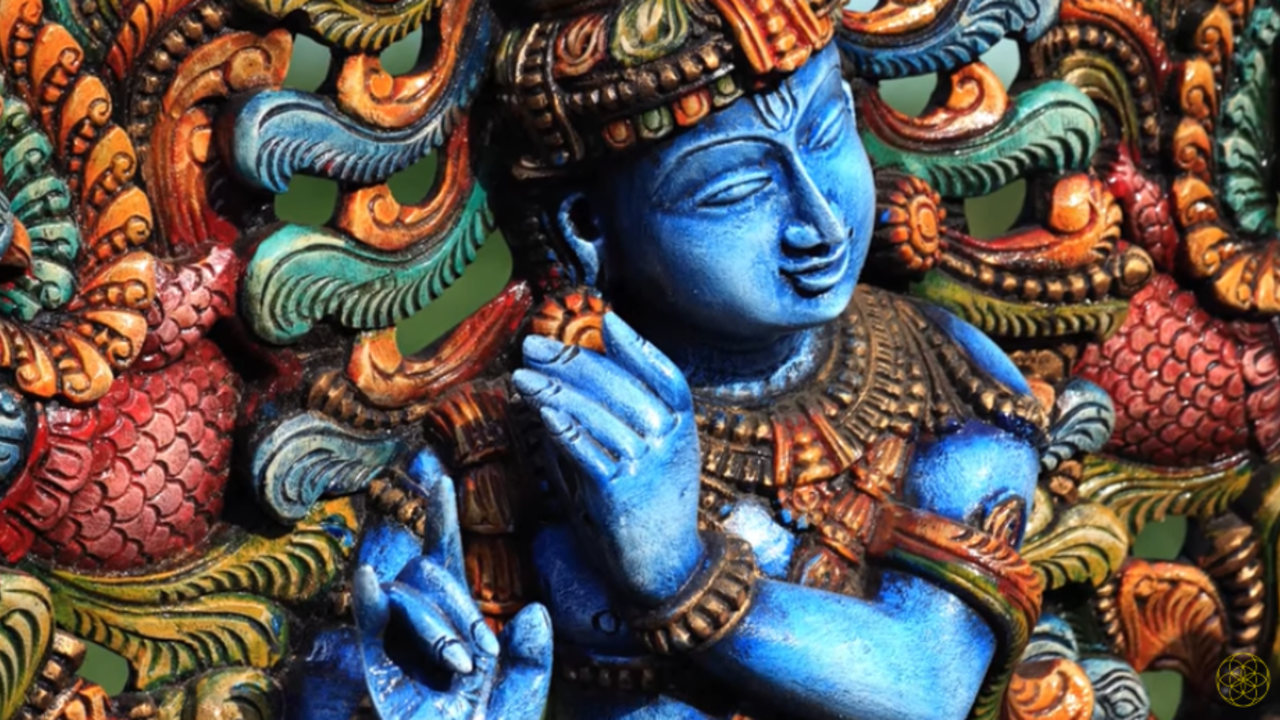
The Hare Krishna movement is another name for the organization called “The International Society for Krishna Consciousness”, or ISKCON for short.
They believe that the Hindu deity Krishna represents the supreme manifestation of God, who has been incarnated at various times in history, including the Rama and the Buddha. Most recently, he came as Chaitanya Mahaprabhu, who taught salvation through devotion.
Members of ISKCON express their love for Krishna by worship practices that include public dancing and preaching. They also do so by repeating a 16-word mantra taken from the Hindu Upanishads, and which begins “Hare Krishna”. Hare refers to the energy of God.
Through such activities, the law of karma and the cycle of reincarnation will be overcome. However, the ordinary devotee must remain under the guidance of a recognized guru within the movement, and moral precepts must be followed.
The words of Krishna are believed to be recorded in the Bhagavad Gita....
Minute Faith - Hinduism
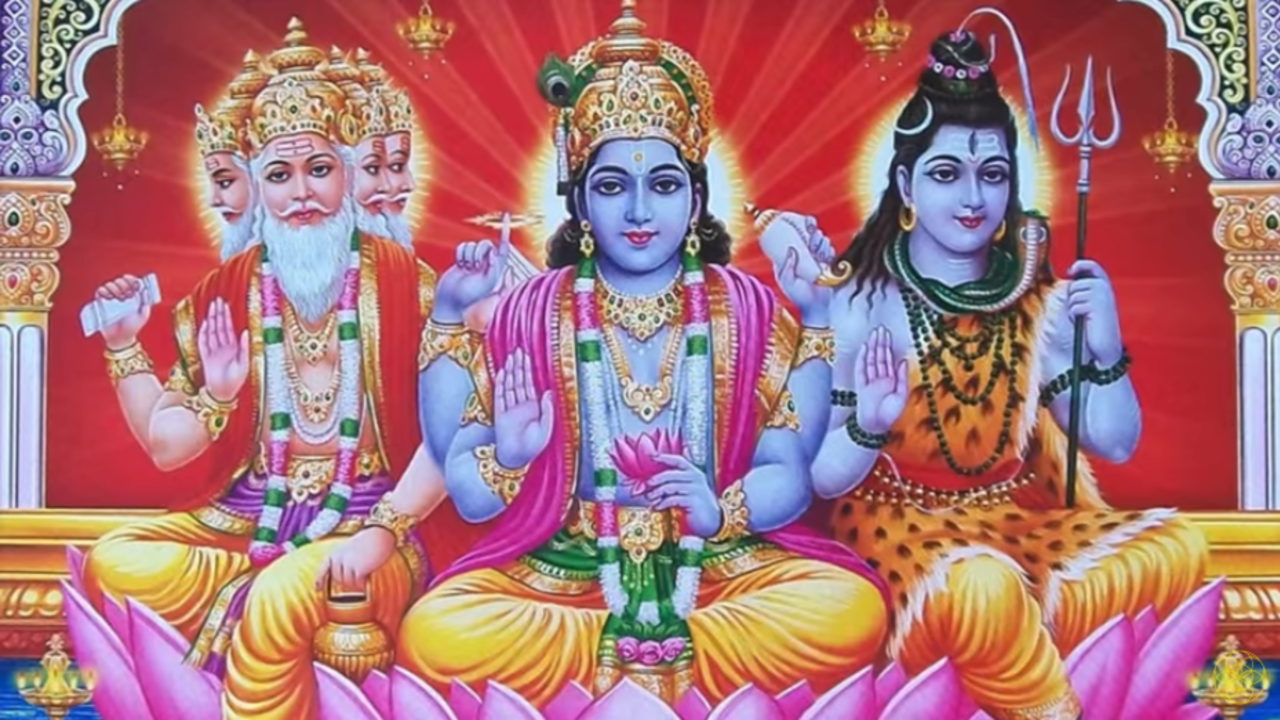
Hinduism a path of life or religion practiced all around the world, most notably in India and Nepal. It is a polymorphic monotheism which means the worshipped gods represent different aspects of a divine reality, all a part of one great universal spirit that exists within all things.
For example, there is a holy trinity of gods – Shiva, Brahma, and Vishnu. Brahma is the Creator of the Universe, Vishnu being the Nurturing and Preservation of the Universe, and Shiva being the Spirit of Chaos and destruction required to rebuild and recreate the Universe.
There are a vast amount of different levels within this hierarchy of creation. Each aspect is a part of the greater whole manifesting itself in an infinite amount of ways. One who practices Hinduism worships one or many gods, often both – depending on their family life, community, or personal choice.
Within this Faith, it is believed that we exist in a continual cycle of reincarnation lifetime after lifetime. Our fate is...
Minute Faith ~ Jainism
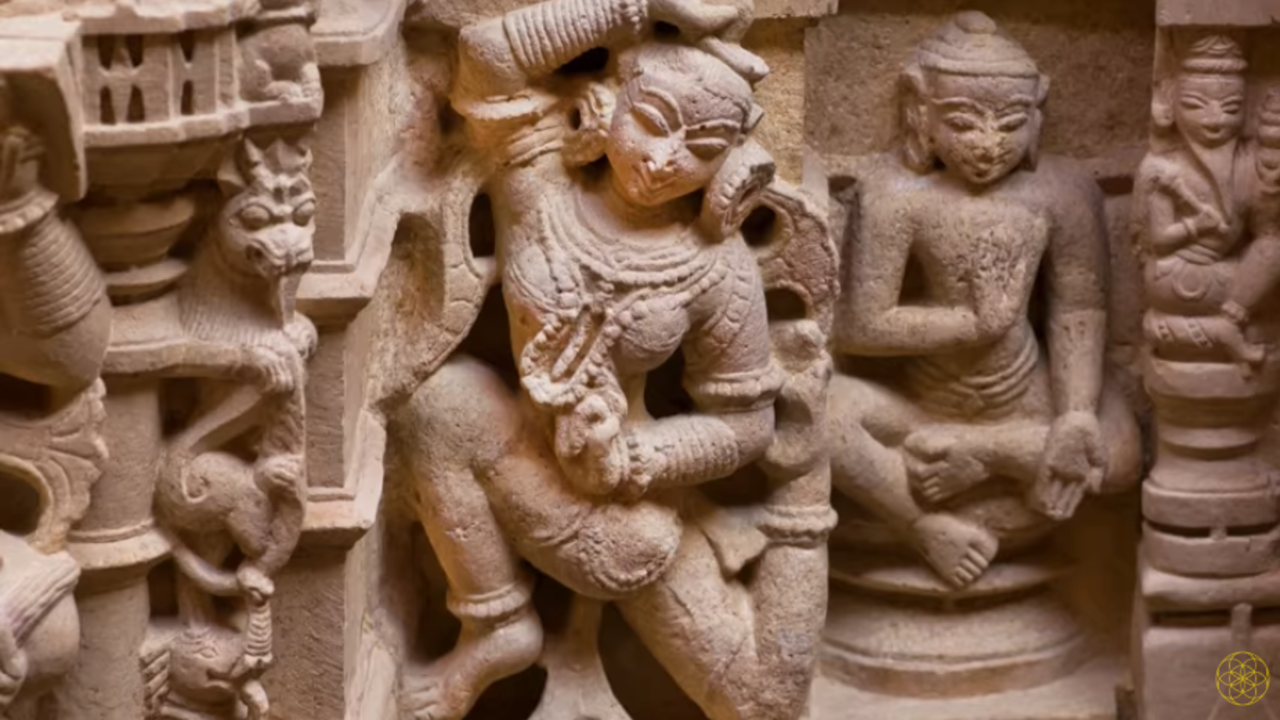
Jainism is an ascetic and gentle religion, the source of the Hindu concept of ahimsa, which means “nonviolence”. It is one of the 4 major religions that emerged out of India, along with Hinduism, Buddhism, and Sikhism. There are somewhere between 4 and 6 million Jains in the world today, the majority of which live in India. It was a cornerstone of the political philosophy of Mahatma Gandhi.
Jainism comes from the word Jina, meaning “conqueror”, and emerged in India between the 7th to 5th century BCE in the Ganges basin of eastern India. It emerged near the same time, and in the same place as Buddhism, and presents an alternative version of the renunciate path. Jains believe they do not truly have a historical founder, however, commonly their image of their great historic founder is known as the Mahavira.
He, much like the Buddha, was the son of a chieftain of the Kshatriya, warrior class, and at the age of 30, he renounced his princely status to take up the...
Minute Faith ~ Mahayana Buddhism

Mahayana Buddhism encompasses not just a single group, but a collection of Buddhist traditions, including Zen Buddhism, Pure Land Buddhism, and Tibetan Buddhism. Mahayana means “The Great Vehicle” or “Greater Vehicle”, and is an amplified, more spiritualized Buddhist vision, adding devotionalism and complex metaphysics to the psychological pragmatism of the original teachings. The formation of this faith came as a path available to people of all walks of life, not just monks and ascetics. In fact, Mahayana Buddhists teach that enlightenment can be attained in a single lifetime, and can even be accomplished by a layperson. Today there are roughly 185 million followers.
It teaches that all people universally can achieve Nirvana, a place of perfect peace and happiness, much like the Christian concept like heaven, which is also often seen as a state of enlightenment. However, in Mahayana Buddhism, Nirvana is the lesser goal, with a higher goal being that of...
Minute Faith ~ Mainstream Buddhism
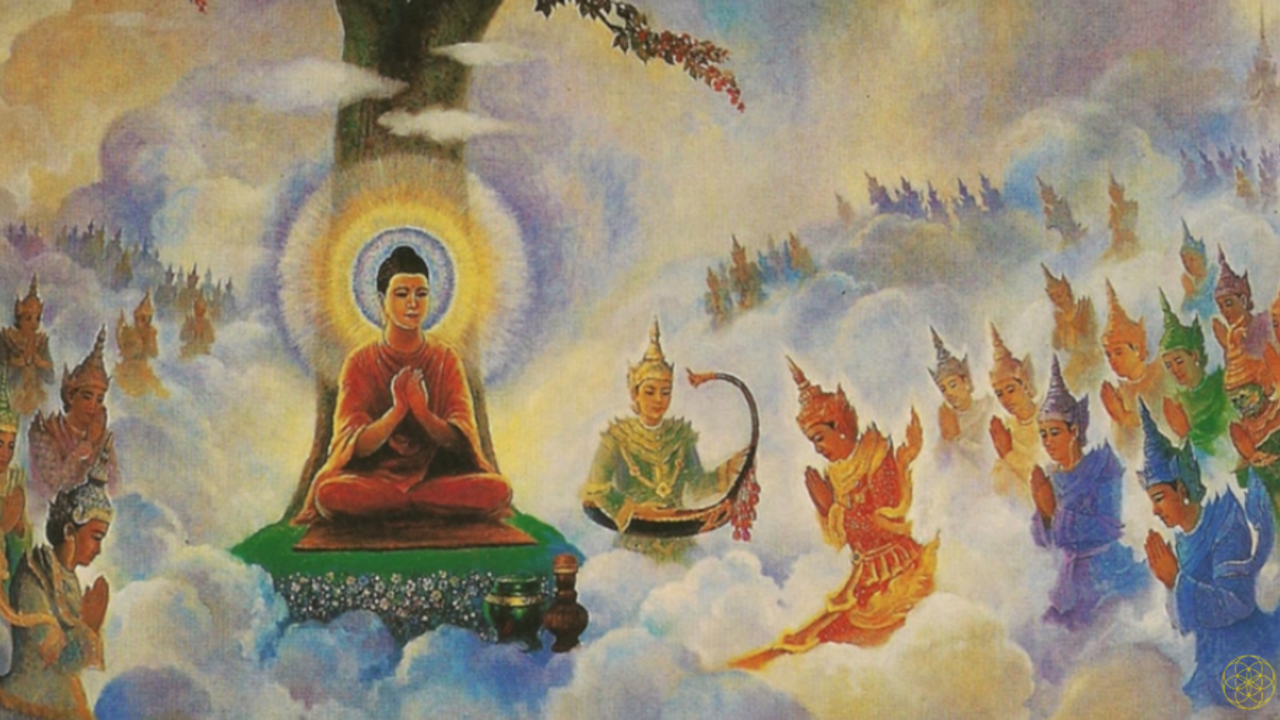
Buddhism, to those who follow it, is more than simply a religion, but rather is experienced as a philosophy or a way of life. It is considered a philosophy because the etymology of philosophy means “love of wisdom." The Buddhist path can be summarized as 3 key things: Leading a moral life, to be mindful and aware of our thoughts and actions, and to continually develop wisdom and understanding.
The Buddha was a renunciate holy man named Siddhartha Gotama, who was born into a royal family of Nepal in 563 BC. He stepped outside of the mainstream Indian religion and the wealth of his family to seek the keys to happiness.
After 6 years of study and meditation, he found what he called “The Middle Path”, and became enlightened. He then spent the rest of his life teaching the principles of Buddhism, called the Dhamma, or truth, until he died at the age of 80. The purpose, as he described it, was Nirvana, or the end of human suffering.
Suffering, Buddha said, is the...
Minute Faith ~ Mormonism

Mormonism is practiced within the Church of Jesus Christ of Latter-day Saints. It was founded by Joseph Smith in 1830 in Fayette, New York. Mormons believe that Smith received a series of divine visitations. He was given specific instructions and priesthood authority to restore the Christian Church from the Apostasy that it had become. Mormons are considered Christian, but not Catholic nor Protestant.
Central to these was the unearthing and translation of a holy book written on buried plates. It contained the story of God’s dealings with the ancient native people of the Americas, as compiled by the ancient prophet Mormon.
Mormons use this book alongside the King James Bible in religious teaching and study. Mormons believe in the continuation of prophecy: living prophets are chosen by God to act as a means through which revelation can be communicated. For Mormons, all people can receive inspiration from God, but in practice, God uses senior Church officials. For Mormons, Jesus...
Minute Faith ~ Orthodox Judaism

Orthodox Judaism is not an organized movement, but a tendency among various groupings of Jewish people focused on resistance to the changes introduced by modernizing factions within the broader Jewish community.
It can be traced to mid-19th-century Germany. It characterizes Jews, who, countering Reform Judaism, emphasize the unchanging authority of the Torah, their Bible, Law, and Halacha, interpretations of legal rulings found in holy scripture, contained in the rabbinic texts of the Talmud and Midrash.
Orthodox Jews believe God is One and is independent of the world, but has given humankind the law, which reflects the cosmic order God has set in place. So that in following Jewish law and engaging with Halacha, Jews are participating in that order.
While more resistant to compromise than Reform and Conservative Jews, the Orthodox often acknowledges the need to engage with the modern world, although the core of Jewish law and tradition is taken to be unchanging.
Worldly engagement...
Minute Faith ~ Pentecostalism

Pentecostalism is a fairly modern branch of Christianity that can be traced back to the holiness-movement of the Methodist church. This faith is centered on the belief of spiritual gifts bestowed by the Holy Spirit.
Pentecostalism takes its name from the Christian festival of Pentecost, which was the Greek name for the Jewish Feast of Harvest, or Feast of Weeks. The Christian Pentecost then was a holiday taking place 50 days after Easter. This commemorates the episode after Jesus’ death and Resurrection. It is described in the bible that the disciples were filled with the Holy Spirit of God and spoke in tongues, strange utterances interpreted as divine language.
This phenomenon was recognized in the early Church as a sign of God’s presence, although later the Church came to view this event as ending when the first disciples died. Speaking in Tongues disappeared for a long time until the turn of the 20th century. This is when groups of North American Christians began to...



